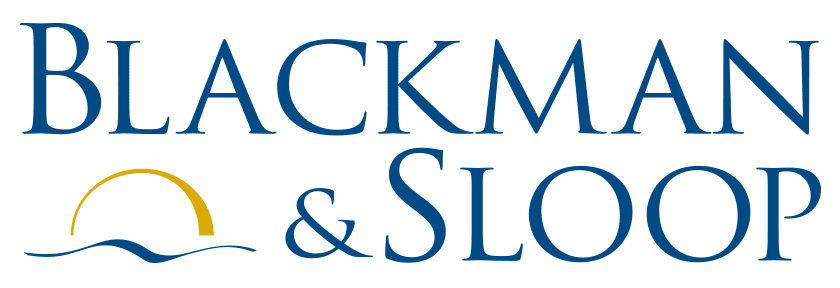There are two retirement plans that a business owner, that has no employees, can implement that can provide a significant deferral of income and taxes: 1) a Simple-IRA and 2) an Individual or Solo 401(k) Plan. These plans can be used by any type of entity – sole-proprietor, single member LLC, or a corporation and are ideal for business owners who are not maximizing their annual deferral through another business or employer. Following are the details, an example, and the pros and cons for each plan.
Simple-IRA
A Simple-IRA is especially good for a business that generates a small amount of net income or is a second earning source for an individual, such as director or consulting fees. A Simple-IRA allows for a deferral of income by the employee/owner and a company match of 3% of the net income of the business. The maximum deferral amount for 2011 is $11,500 with an additional $2,500, for a total of $14,000 for a person aged 50 plus. Deferrals are limited to 100% of self-employment income, so if net income is $8,000, that would be the maximum amount of the combined deferral and matching contribution. The matching 3% company contribution is based on the net income of the business, before the elective deferral.
If the business has a net income of $25,000, the maximum combined deferral/matching contribution for a person under 50 years of age would be $12,250 (49% of net income) and for a person over 50 years of age would be $14,750 (59% of net income). The maximum amount that can be contributed to a contributory retirement plan, such as a SEP-IRA for a business earning $25,000 would be approximately $5,000 (20% of net income).
A Simple-IRA needs to be established before October 1, 2011 to be effective for the 2011 tax year.
Simple-IRA Pros:
• Minimal cost to establish
• Minimal administrative costs
• No annual filing with the Internal Revenue Service
• Elective deferrals are discretionary and the company match is only made when the owner/employee makes an elective deferral, so there are no annual minimum funding requirements.
Simple-IRA Cons:
• Since the maximum deferral is limited, if the company’s net income is greater than $70,000 for an owner younger than 50 or greater than $80,000 for an owner older than 50, the maximum deferral and matching contribution would be less than can be made in other types of plans.
• Borrowing from a Simple-IRA is prohibited.
Individual or Solo 401(k) Plan
Similar to the Simple-IRA, a Solo 401(k) Plan allows for a deferral and a company contribution, however the amounts are greater. The maximum deferral amounts for 2011 are $16,500 with an additional $5,500, for a total of $22,000 for a person aged 50 plus. Company contributions can be up to 25% of corporate salary or 20% of self-employment income, before the elective deferral. For 2011, the elective deferral and the employer contribution combined cannot exceed $49,000 or $54,500, dependent on whether the owner is age 50 or older. The combined contribution cannot exceed the self-employment income from the business for which the Solo 401(k) plan was established.
The calculations are slightly different for a corporation than for a self-employed person. If the salaried owner has a salary of $100,000, the maximum company contribution would be 25% of the salary of $100,000, or $25,000. Adding the deferral of $16,500 provides a total contribution of $41,500 (41% of salaried income). A person aged 50 plus using the increased deferral amount of $22,000 can make a combined contribution of $47,000 (47% of salaried income).
If the business has a net self employment income of $100,000, the maximum company contribution would be $20,000 resulting in a combined deferral/company contribution for a person under 50 years of age of $36,500 (36% of net income) and for a person aged 50 plus $42,000 (42% of net income).
Under a non-deferral contributory plan the maximum amounts would be $25,000 for an employee earning $100,000 salary and $20,000 for a self-employed person.
A Solo 401(k) Plan needs to be established before December 31, 2011to be effective for the 2011 tax year.
Solo 401(k) Plan Pros:
• Minimal cost to establish
• Minimal administrative costs for self directed investment accounts.
• Greater contributory amounts
• Borrowing is permitted from a Solo 401(k) Plan
Solo 401(k) Plan Cons:
• An annual filing with the Internal Revenue Service – Form 5500-EZ is required once the assets in the plan exceed $250,000.
Conclusion
We want to emphasize two factors: 1) this discussion focuses only on businesses with no employees; adding employees to any retirement plan increases the cost of the plan and company contributions, and 2) there are other types of plans that can provide increased deferrals of income and income tax reductions that are beyond the scope of this article.
This may be a good time to assess the retirement planning approach for your business. Call us if you wish to discuss this topic further.
About Blackman & Sloop CPAs, P.A.:
Blackman & Sloop is a full-service CPA firm headquartered in Chapel Hill, North Carolina and is actively involved in auditing, taxation, management consulting, financial planning, and related services. The firm directs a large part of its services toward providing management with advice on budgeting, forecasts, projections, financing decisions, financial analysis, and tax developments. The firm also performs review and compilation services and prepares not-for-profit, corporate, individual, estate, retirement plan, and trust tax returns as well as technology consulting services regarding installation and training on QuickBooks. Blackman & Sloop provides services in Raleigh, Durham, Chapel Hill, RTP, Hillsborough, Pittsboro, Charlotte, and the rest of North Carolina. To find out more please visit http://www.blackmansloop.com
Contact: CPA cpa@blackmansloop.com
Toll Free: 1-877-854-7530The Exchange West
1414 Raleigh Rd, Suite 300 Chapel Hill, NC 27517




